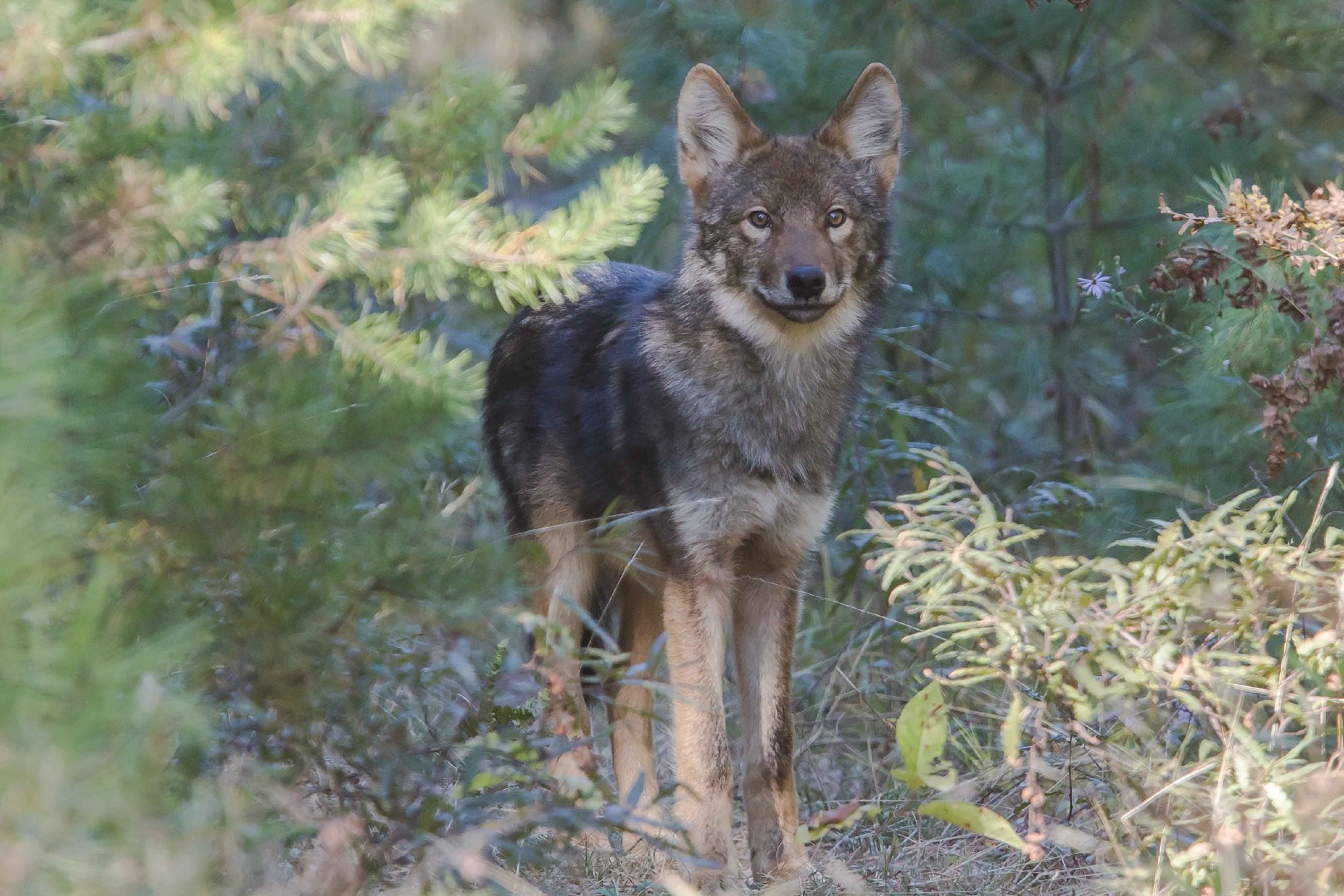Eastern wolf
A species of Wolves jackals and allies, Also known as Algonquin wolf Scientific name : Canis lupus lycaon Genus : Wolves jackals and allies
Eastern wolf, A species of Wolves jackals and allies
Also known as:
Algonquin wolf
Scientific name: Canis lupus lycaon
Genus: Wolves jackals and allies
Content
Description General Info
 Photo By Michael Runtz , used under CC-BY-4.0 /Cropped and compressed from original
Photo By Michael Runtz , used under CC-BY-4.0 /Cropped and compressed from original Description
Eastern wolf is renowned for its unique social structure, characterized by hierarchical packs dominated by an alpha pair. This subspecies demonstrates cooperative hunting strategies, effectively preying on large ungulates in its North American boreal and deciduous forest habitats. Its role as an apex predator significantly shapes ecosystem dynamics, contributing to biodiversity and balancing prey populations.
General Info
Lifespan
8-13 years
Diet
Eastern wolf prominently consumes white-tailed deer, with occasional consumption of moose and beaver. It adopts a preference for hoofed mammals in winter, supplementing with small mammals and carrion in non-winter months.
Appearance
Eastern wolf has a robust, medium-to-large body size, characterized by a dense coat of fur. Its fur displays a gray to black color gradient, often with lighter shades on the underparts. Prominent features include a broad, blocky head, long legs, and a heavily furred, bushy tail. Its body is adapted for endurance in cold climates. No significant physical distinctions due to age, gender, or within the subspecies have been noted.
Behavior
Eastern wolf showcases complex social dynamics, forming family-oriented packs for hunting and territory defense. Prominent behaviors include marking territory with scent and howling communication. Hunting strategies adapted to preying on large ungulates are notable, underscoring eastern wolf's role as an apex predator in its ecosystem.